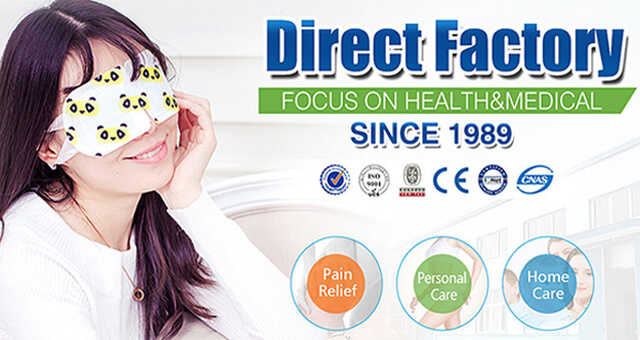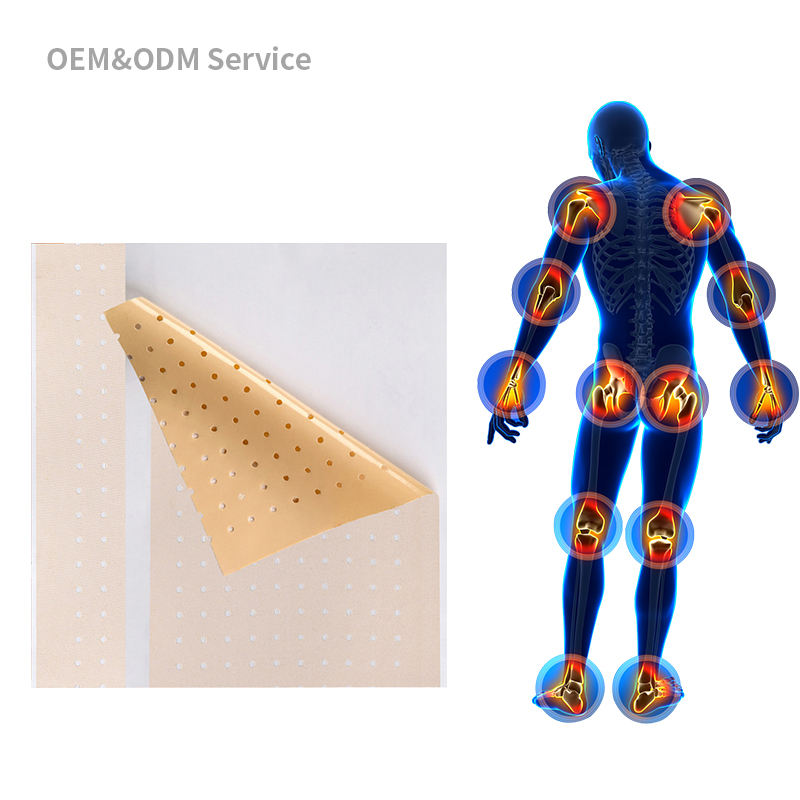Author:Kangdi 02-06-2023
Pain relief patches have gained significant popularity as an effective and convenient method to alleviate discomfort and promote recovery. If you possess a unique formula for pain relief and are considering collaboration with manufacturers to bring your product to market, there are several crucial aspects you need to pay attention to.
01. Intellectual Property Protection:
Before initiating any collaboration, it is vital to safeguard your exclusive formula through proper intellectual property protection. Consult with a qualified attorney to secure patents, trademarks, or copyrights, depending on the nature of your formula. Ensuring legal protection will prevent unauthorized use and replication of your formula by other manufacturers.
02. Manufacturer Selection:
Choosing the right manufacturer is pivotal to the success of your pain relief patch production. Research and evaluate potential partners based on their expertise, reputation, production capabilities, and adherence to quality standards. A manufacturer with experience in producing transdermal patches and a commitment to maintaining high manufacturing standards will help ensure the integrity and efficacy of your product.
03. Quality Control Measures:
Maintaining stringent quality control measures is crucial in delivering a reliable and effective pain relief patch to consumers. Collaborate with the manufacturer to establish quality assurance protocols, including testing the raw materials, conducting batch testing during production, and verifying the final product's quality before distribution. Regular inspections and audits will help maintain consistent quality and avoid any potential issues.
04. Regulatory Compliance:
Complying with relevant regulations and obtaining necessary certifications is paramount when producing pain relief patches. Familiarize yourself with the regulatory requirements in the target market(s) and collaborate closely with the manufacturer to ensure adherence to these guidelines. Compliance with regulations, such as good manufacturing practices (GMP) and proper labeling, will ensure consumer safety and product legality.
05. Transparent Communication:
Establishing open and transparent communication channels with the manufacturer is essential for a successful collaboration. Clearly communicate your expectations, specifications, and timelines, ensuring both parties are aligned on product design, packaging, labeling, and delivery schedules. Regular communication will foster a collaborative environment, enabling effective troubleshooting and addressing any concerns promptly.
06. Scalability and Capacity:
Consider the scalability and production capacity of the manufacturer before finalizing the collaboration. Ensure the manufacturer has the capability to scale production based on market demands and meet your anticipated sales volumes. Adequate production capacity will help avoid delays and supply shortages, ensuring a steady and reliable supply chain.
07. Packaging and Design:
Collaborate with the manufacturer to design an appealing and functional packaging for your pain relief patches. An attractive and user-friendly design can enhance brand recognition and consumer appeal. Additionally, pay attention to the packaging materials used, ensuring they are compatible with the patch's active ingredients and maintain the product's stability and efficacy.
Collaborating with pain relief patch manufacturers using your exclusive formula holds tremendous potential for bringing your innovative product to market. By focusing on intellectual property protection, manufacturer selection, quality control, regulatory compliance, communication, scalability, and packaging design, you can establish a strong foundation for a successful partnership. By paying attention to these key considerations, you can ensure the production of high-quality pain relief patches that effectively address consumer needs and provide long-lasting relief.
 0086 19937104978
0086 19937104978





